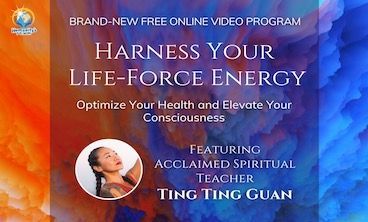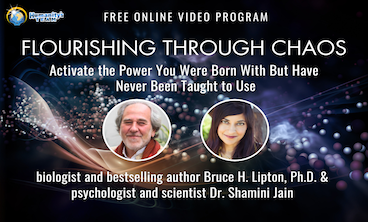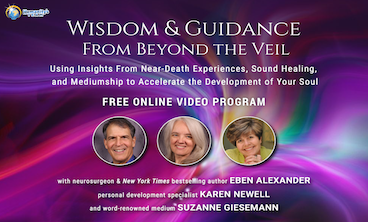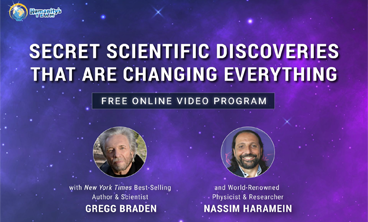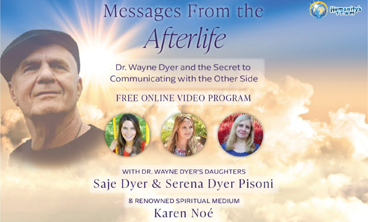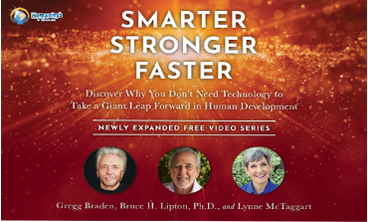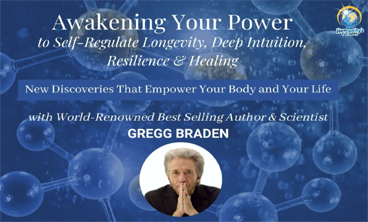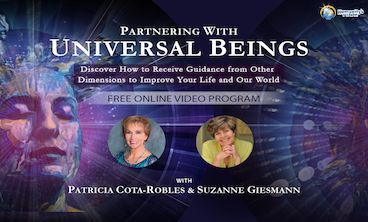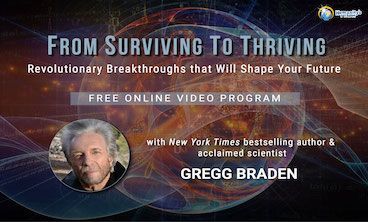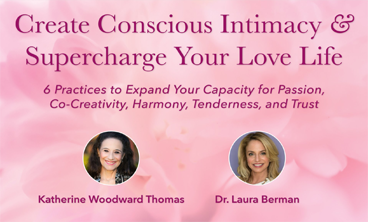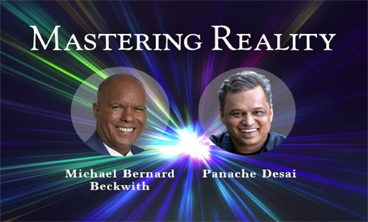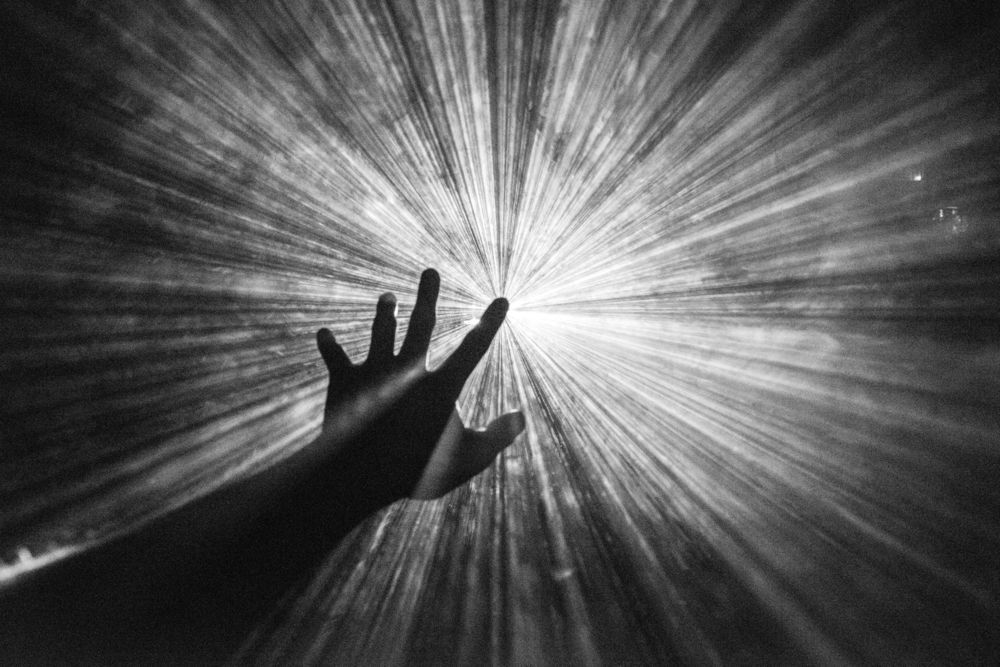
The Journey Within: Near-Death Experiences and the Continuum of Life
As we traverse life, it is only natural for us to ponder over one of humanity's greatest mysteries: What happens when we die? This question has intrigued philosophers, spiritual leaders, and scientists alike for centuries. So let’s delve into the realm of near-death experiences (NDEs), a phenomenon that provides compelling insights into the continuum of life and the possibility of a universal life force that connects us all.
What is a Near-Death Experience?
Near-death experiences are profound, often transformative experiences that occur at the brink of death or during moments of intense physical or emotional crisis. These experiences often involve a sense of leaving the body, moving through a tunnel, encountering a bright light, and sometimes communicating with deceased loved ones or divine beings. While science continues to explore the physiological and psychological aspects of NDEs, their profound impact on individuals cannot be understated. These experiences, documented and studied extensively, offer a window into what might lie beyond our physical existence.
Common Experiences of the Near-Dead
Individuals who have had NDEs often report remarkably similar experiences despite varying cultural and religious backgrounds. Common elements include feelings of peace and unconditional love, encounters with a brilliant, warm light, communication with spiritual beings, and a reluctance to return to physical life. These shared experiences suggest a universal aspect of human consciousness that transcends individual differences.
The Dark Tunnel
The dark tunnel with the light at the end is perhaps the most iconic image associated with NDEs. This experience, described as moving through a dark space towards a bright, inviting light, often symbolizes a journey from one state of existence to another. This transition is not just a movement through physical space but a profound transformation of being, where individuals report feelings of unconditional love and acceptance.
Life Review: A Mirror of Existence
Also a central element of many NDEs is the life review, a phenomenon described as a rapid, panoramic replay of one's life. Here, individuals report reliving or witnessing moments from their lives, sometimes from an observer's perspective. This is not just a replay of events but often comes with a deep understanding of the emotional and spiritual impact of one's actions on others. This element of NDEs speaks to the interconnectedness of all life, suggesting that our actions ripple outwards, affecting the web of life in ways we may not fully comprehend.
Recalling Events While "Dead"
Many individuals who have experienced NDEs also report being aware of what was happening around them while they were declared clinically dead. This phenomenon challenges our understanding of consciousness and its relationship to the physical body. It raises profound questions about the nature of awareness and its potential to exist independently of the physical vessel.
Pioneers in NDE Research
Now let’s take a look at a few of the pioneers in NDE research, like Dr. Raymond Moody, Karen Noe, Paul Perry, and Dannion Brinkley. Each one has been instrumental in bringing the study of NDEs to the forefront of consciousness research.
Raymond Moody: A Trailblazer in NDE Studies
Dr. Raymond Moody, a psychiatrist and philosopher, is renowned for his groundbreaking work in the field of NDEs. His seminal book, "Life After Life," published in 1975, introduced the term "near-death experience" and brought widespread attention to the phenomenon. Dr. Moody's systematic collection and analysis of NDE accounts laid the foundation for further scientific exploration in this field.
Karen Noe: Bridging Communication with the Afterlife
Karen Noe, a renowned psychic medium, has made significant contributions to understanding NDEs and after-death communications. Her work has contributed significantly to our understanding of life after death, emphasizing the continuity of consciousness and the enduring bonds of love that transcend physical death. Karen suggests that NDEs offer a glimpse into a realm where love is the prevailing force, a concept that resonates deeply with the idea of a universal life force that connects all beings.
Paul Perry: Documenting the NDE Journey
Paul Perry, an author and filmmaker, has collaborated extensively with Raymond Moody and other NDE researchers. His books and documentaries, such as "Afterlife," provide compelling accounts of NDEs, blending personal stories with scientific analysis. Paul's work plays a crucial role in bringing the profound messages of NDEs to a broader audience.
Dannion Brinkley: A Personal Encounter with the Afterlife
Having survived four near-death experiences, Dannion Brinkley offers compelling testimony to the lasting impact these experiences can have on an individual's life and worldview His books, including "Saved by the Light," recount his journey and the spiritual insights he gained. His experiences are a powerful testament to the transformative nature of NDEs.
An Invitation to Live More Consciously
As we reflect on the insights offered by near-death experiences, we are invited to consider the possibility that life is not just a linear journey with a definitive beginning and end. Instead, life may be a continuum, a cycle of existence that transcends our physical boundaries. When individuals encounter these profound experiences, they frequently report a heightened sense of unity and oneness, aligning closely with the core belief of conscious living that we are all part of a larger, sacred tapestry. Such experiences can serve as a powerful catalyst, awakening us to the reality that our actions and thoughts have a significant impact not just on our own lives but on the collective consciousness of humanity. This realization fosters a more mindful, compassionate approach to life, where every decision is made with awareness of its ripple effects.
Embracing the lessons from life after death experiences can guide us towards living more consciously, contributing to a harmonious, sustainable world where every individual acts as a steward of the planet and each other. This transformative understanding can be a vital step in our collective journey towards manifesting a flourishing world for everyone, for generations to come.
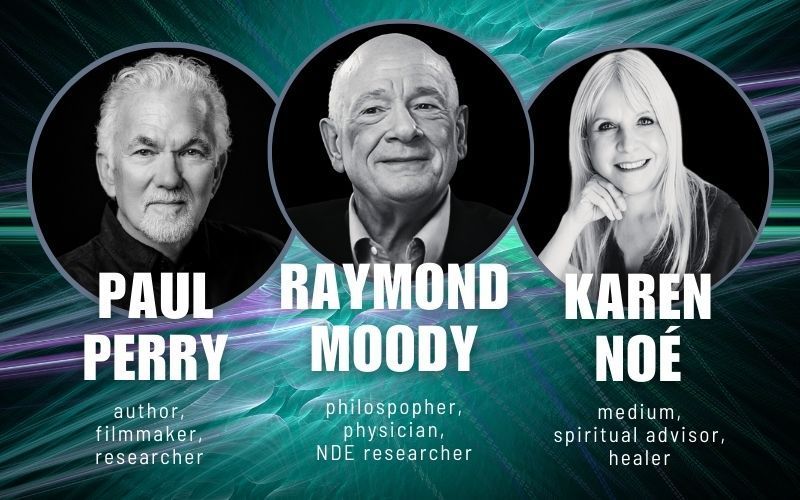

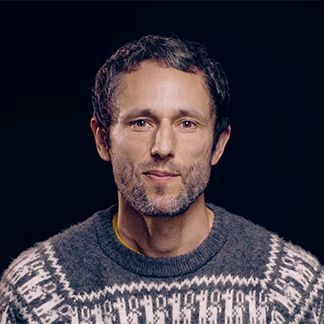

LATEST BLOGS
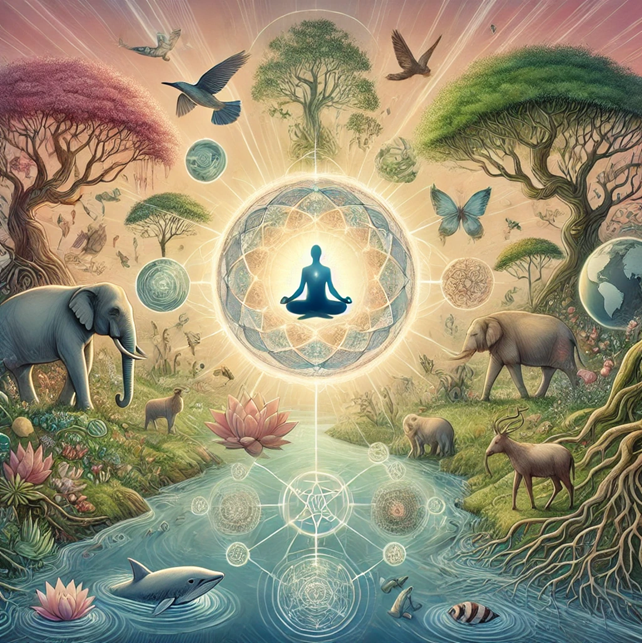



FREE PROGRAMS
LISTEN TO ONE OF OUR RECENT PODCASTS








Sign up now so you never miss a blog post, podcast,
or free event with Humanity's Team!


